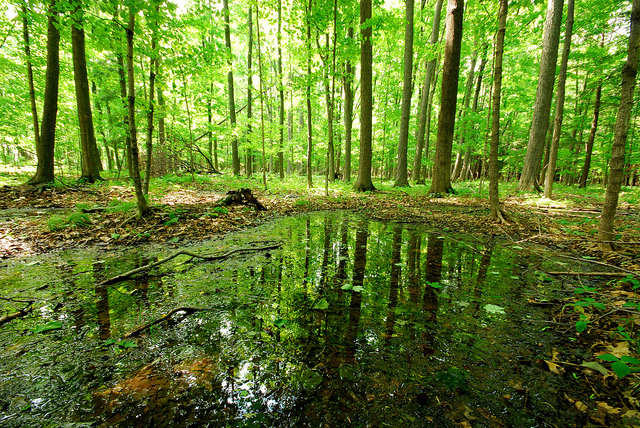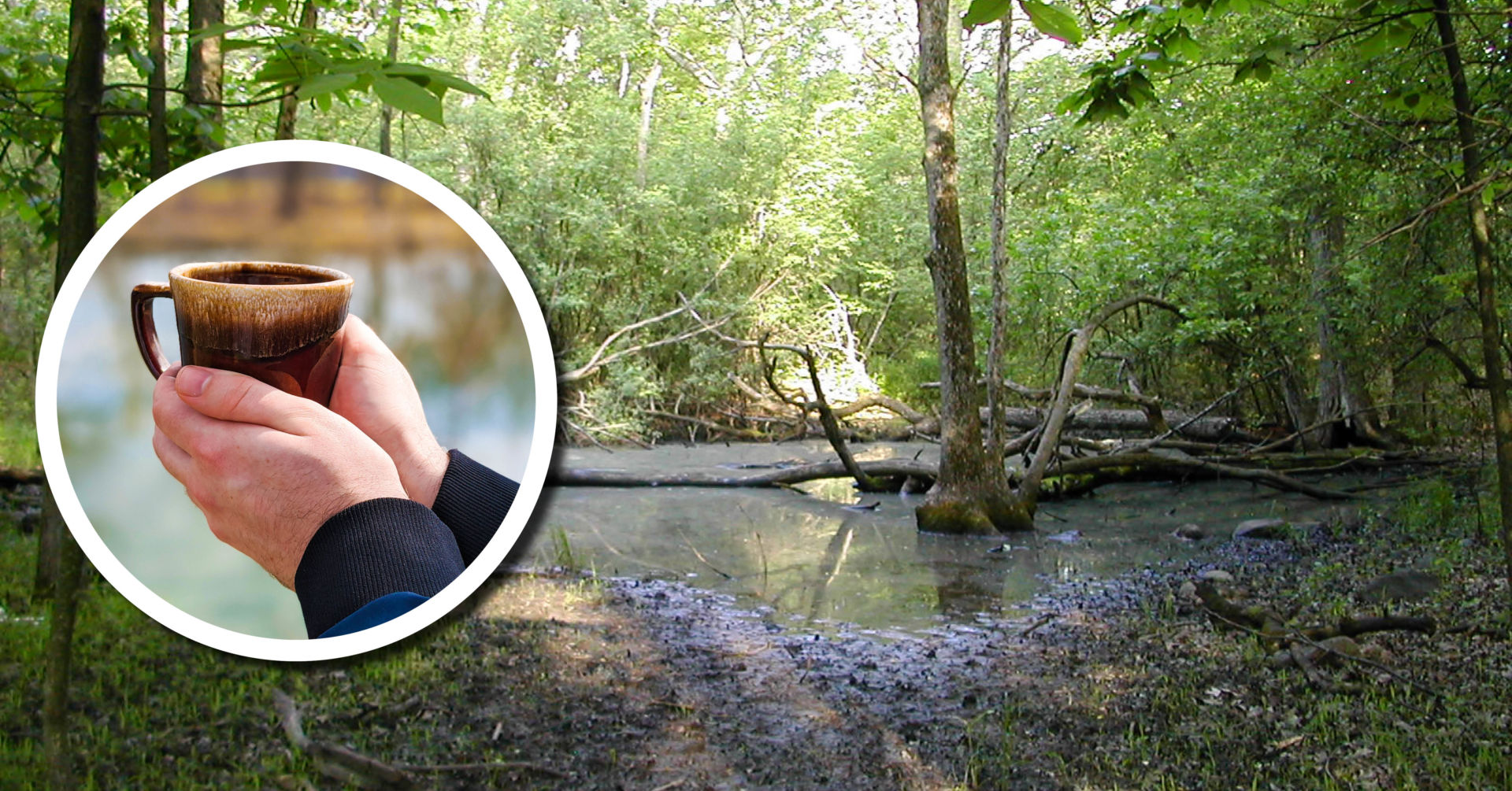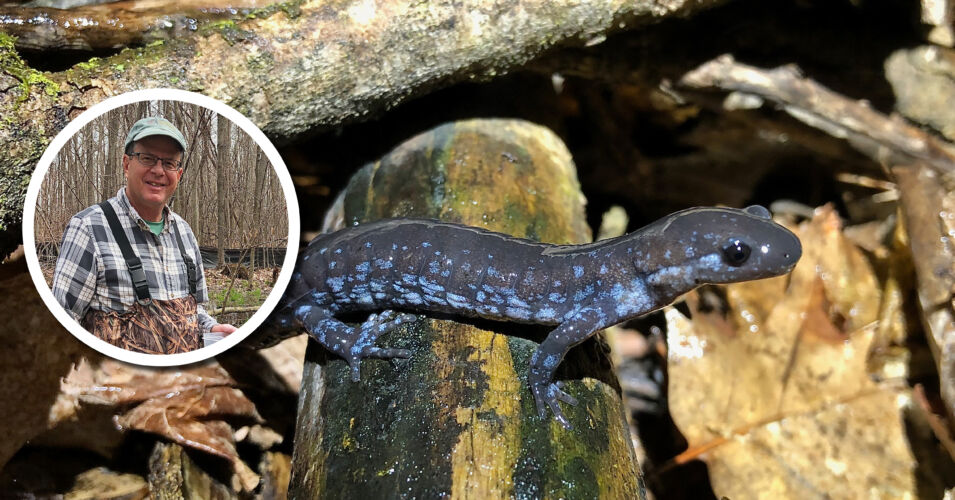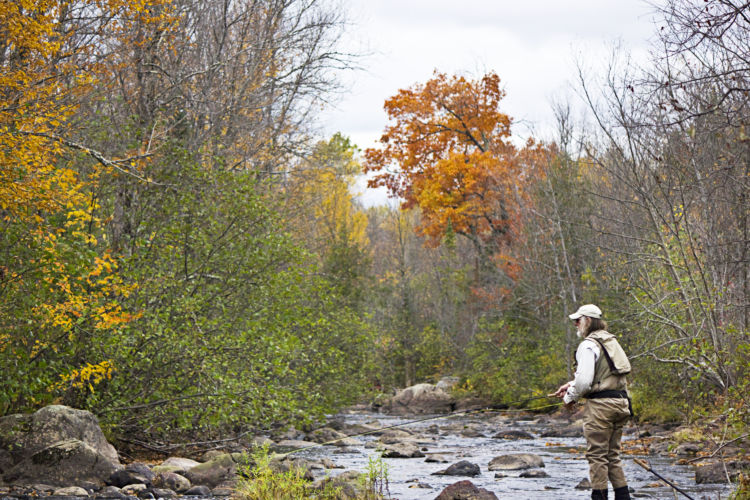If you crouch by the water’s edge, you’ll find an entire community of creatures. You might witness the bustling activity of salamanders, frogs, toads, and newts that have come to breed, as well as all kinds of aquatic insects and their eggs that will develop over the spring months. Jellylike masses and strings of eggs will be visible in the water and on the pond vegetation where salamanders and frogs have left them behind.
Vernal ponds are extraordinary wetlands, fascinating to observe, and essential to the lives of many woodland species. With the rapid population declines of so many amphibian species, it’s crucial that these often unnoticed habitats be recognized and protected.
What to look for
It’s easy to recognize vernal ponds in the late winter and early spring. Named from vernalis, the Latin word for spring, vernal ponds form seasonally in shallow ground depressions from spring snowmelt, precipitation, and rising water tables. Generally drying up in late summer, these ponds are only temporary woodland reservoirs. They are slightly harder to identify during the summer and fall months; however, there are several clues to look for. Blackened, compressed leaf litter; gray soil; watermarks on surrounding tree trunks; and the presence of moisture-tolerant vegetation all suggest an area that collects water part of the year.
Vernal ponds themselves are generally less than 40 yards in diameter and no more than 4 feet deep, although they receive water from a larger surrounding landscape. Look for:
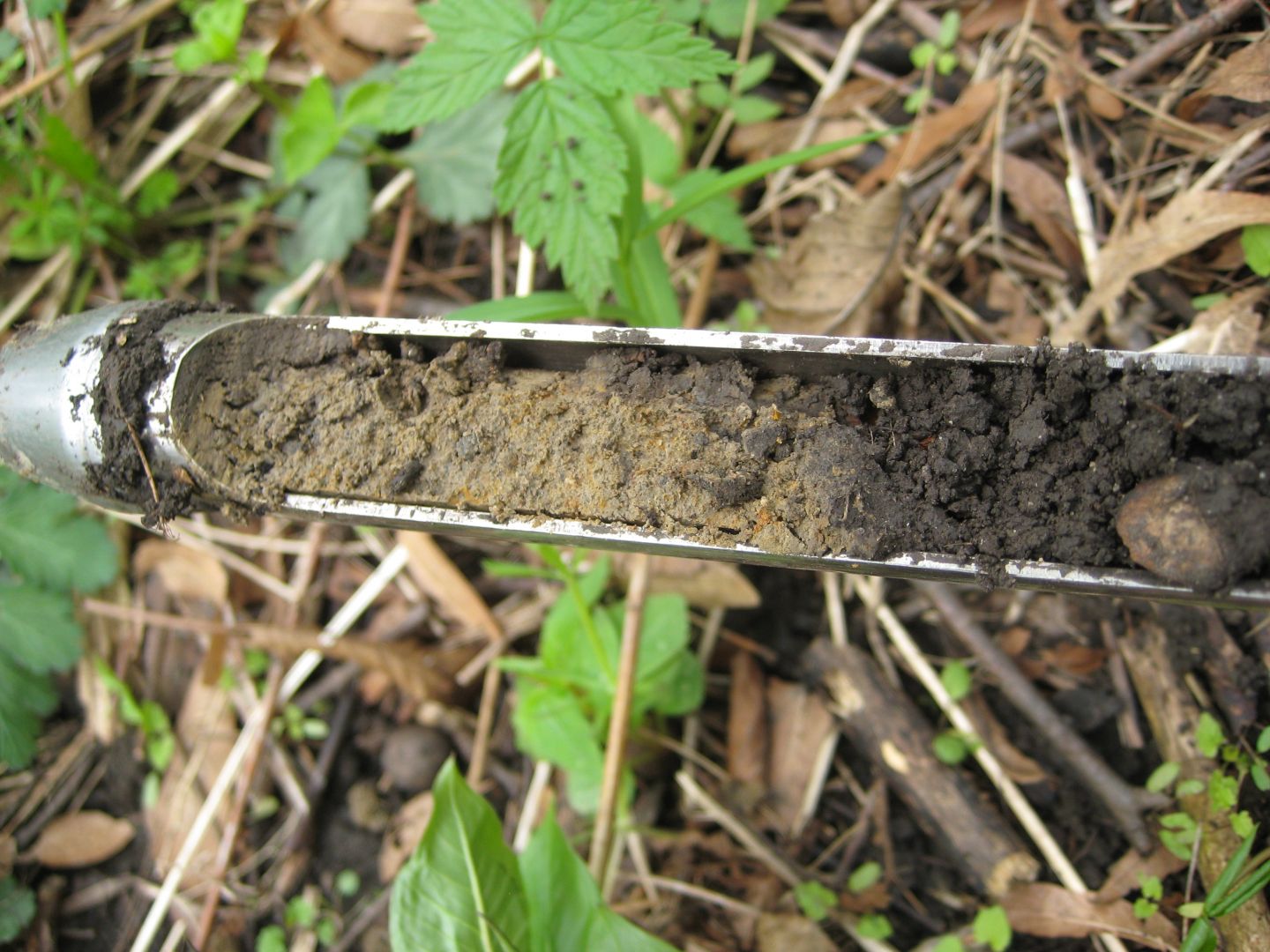
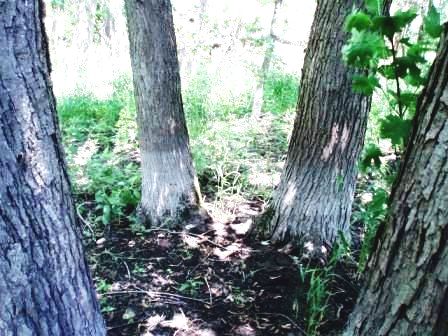
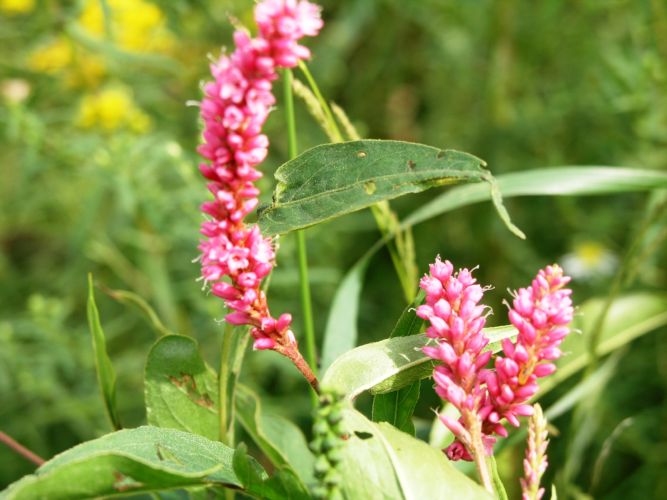
If a vernal pond’s physical features don’t tip you off, the wildlife living there will certainly give away its location. Vernal ponds are home for a diversity of animals that count on them for the spring breeding season.
The seasonal nature of vernal ponds means that they are uninhabited by fish. This makes them the perfect habitat for a variety of amphibians and invertebrates to breed and develop with less chance of predation. Species like mole salamanders, wood frogs, and fairy shrimp depend exclusively on vernal ponds for this part of their life cycles. Often a pond is the ancestral home of an amphibian community that resides nearby in the forest each winter, then migrates to the same pond each spring to lay its eggs.
During the early spring, wood frogs make their trek to the ponds. Finding this species in its breeding season is a guarantee that you have found a vernal pond—and wood frogs noisily make their presence known. Male wood frogs attract females with a loud, distinctive call that sounds like the quacking of ducks. Often an entire chorus of this species can be heard from afar, and you can easily follow the sound until you find the pond.
Many other species use vernal ponds in spring. The spring peeper has one of the animal kingdom’s loudest voices for its size. Choruses of its high-pitched, birdlike peeps can sound like sleigh bells from a distance. American toads, gray tree frogs, and green frogs are among the many other creatures that may come to breed. By the end of the breeding season, ponds are filled with egg clusters that appear as jellylike masses containing small, round eggs.
Species to look for:
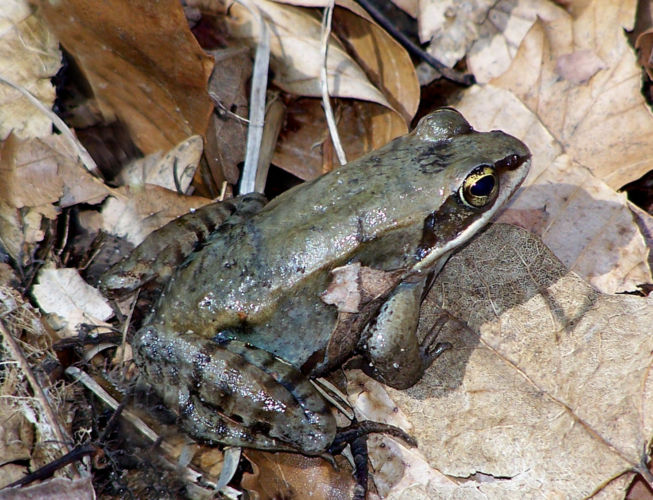
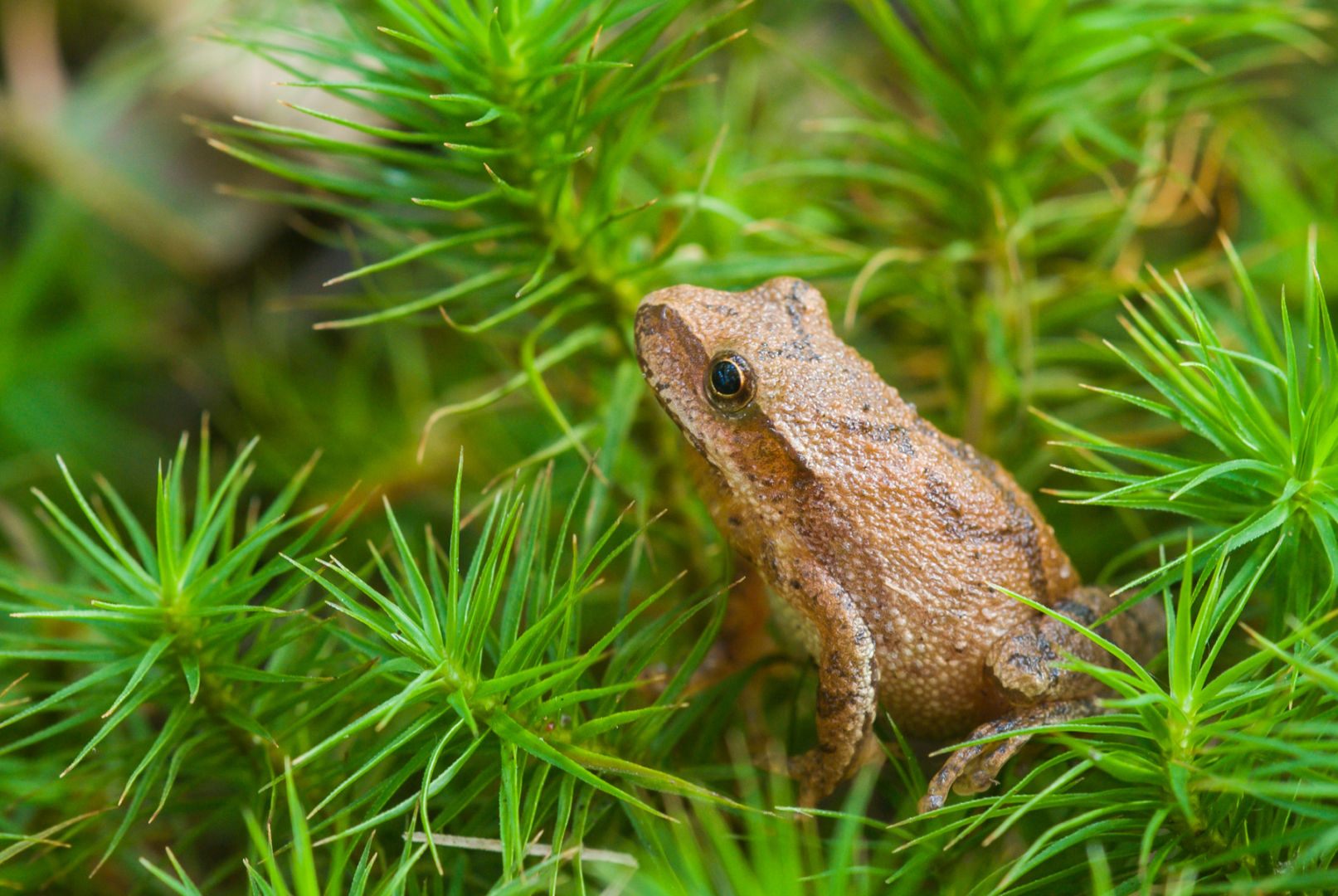
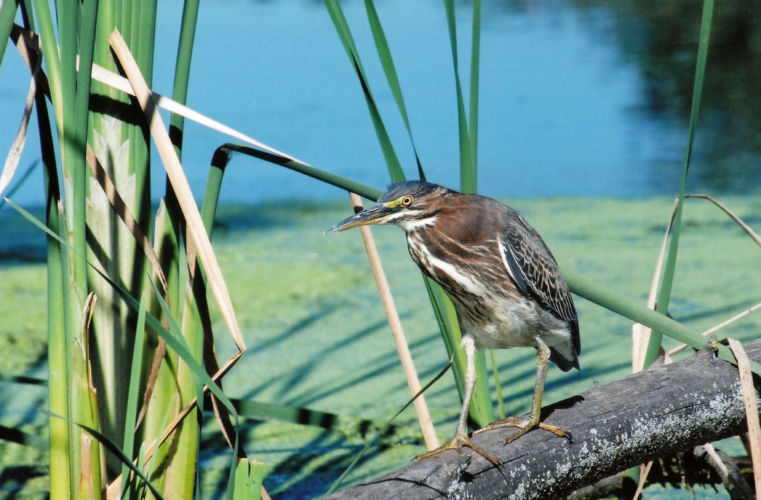
The egg cases lie dormant over winter and hatch the following spring. While amphibian larvae feast on these delights, insect predators like fishflies, diving beetles, and backswimmers also look for amphibian larvae to feed upon.
As activity inside the pond increases each spring, it attracts other animals to the vernal community. Some turtle species visit the ponds to feed on egg masses, while snakes and raccoons may feed on tadpoles and frogs. Birds like the green heron and red-shouldered hawk also visit ponds to feed.
By late spring or early summer, tens of thousands of young salamanders and frogs that have undergone metamorphosis leave the pond for the forest to continue their life cycles. The huge number of organisms using vernal ponds each year shows how essential they are to the life cycles of forest species both in and out of the ponds. In fact, the amphibian species developing in ponds alone generally amount to more vertebrate biomass than the mass of all the birds and mammals in a forest. The ability of vernal ponds to continue supporting this biodiversity remains dependent on the activities occurring around them.
Protecting your vernal pond
If you think your property contains a vernal pond, you can do a lot to protect it from potentially harmful effects of land use. The key is to protect both the stability of the forest and the hydrology of the pond. For instance, amphibian species depend on forests for their adult lives and on ponds for breeding and the development of young. Surrounding land that may be used for recreation, timber harvesting, or residential structures can be managed in ways that keep the impact on vernal ponds to a minimum.
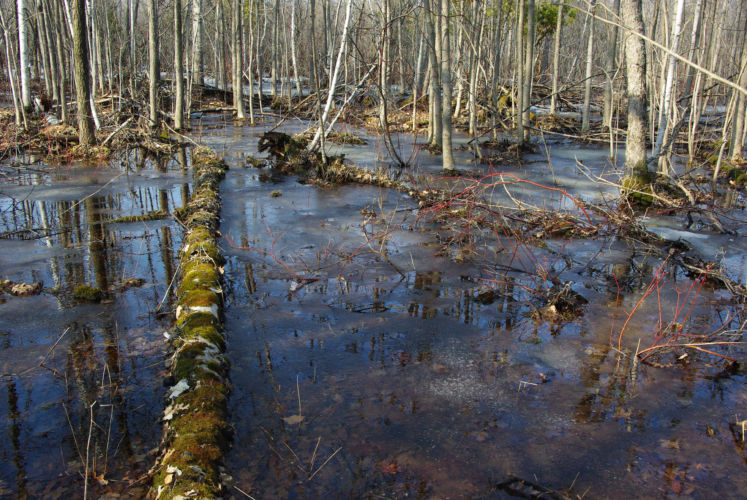
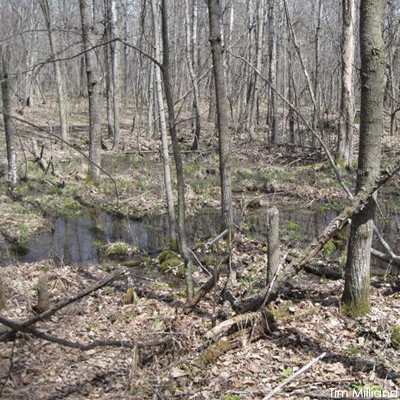


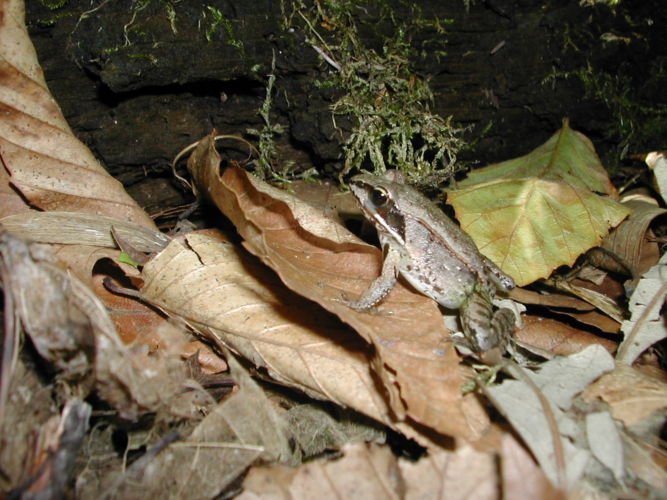

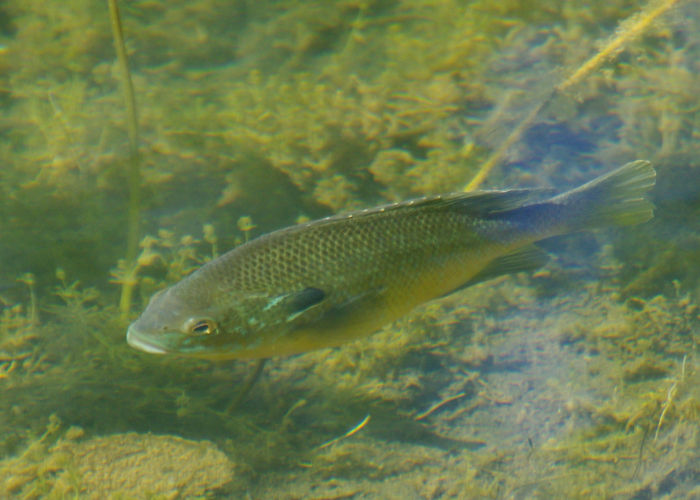
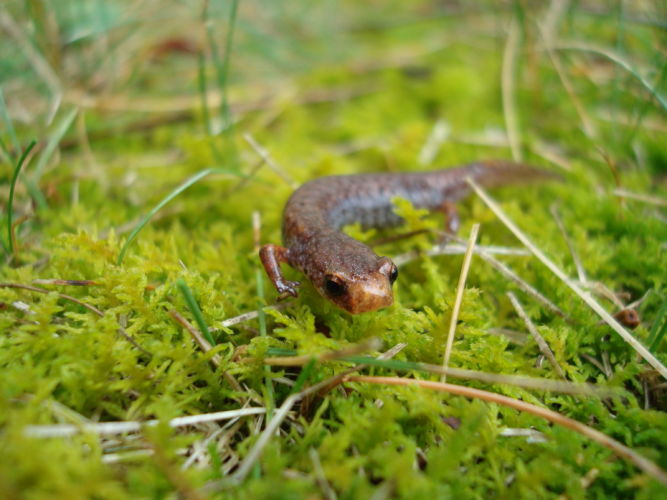
Photos by Heidi Kennedy, Josh Mayer, Kate Redmond, Ken Tapp, Pat Trochlell, and Tim Wilder
Related Content
Wetland Coffee Break: Spring beauties: Ephemeral ponds
Wetland Coffee Break: All-female salamanders “rule” an ephemeral pond
Trout streams need healthy wetlands

